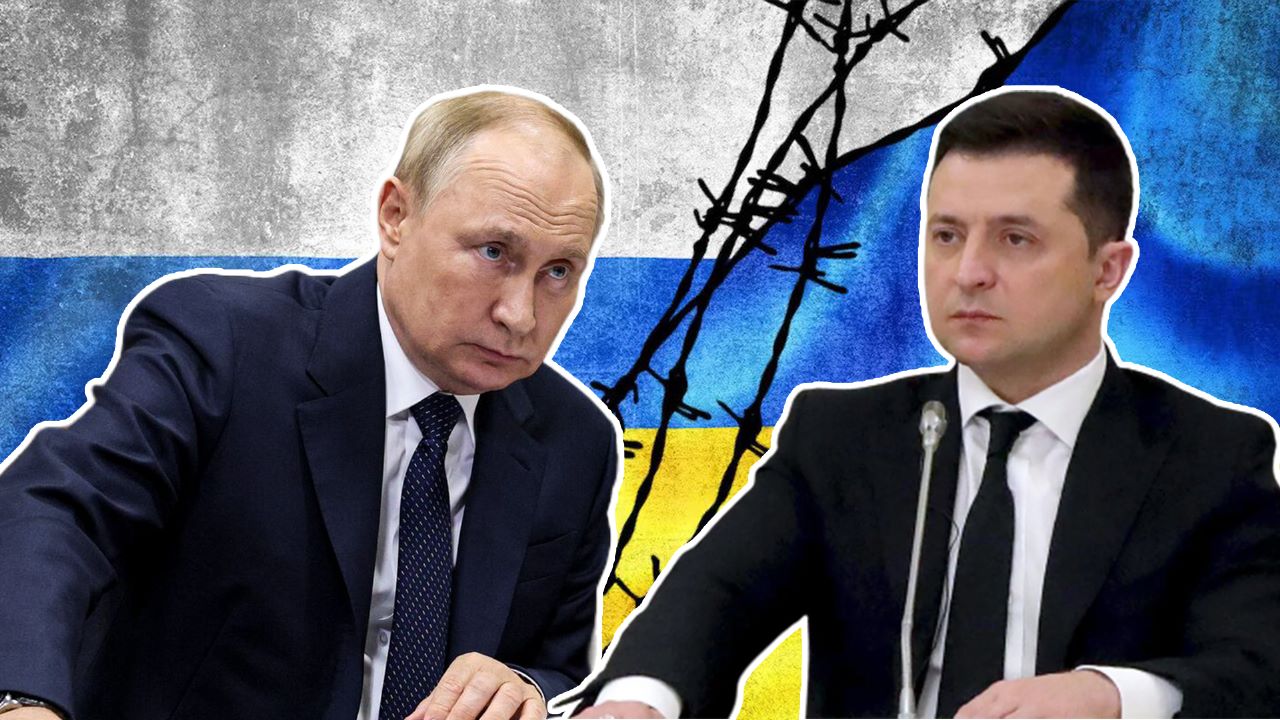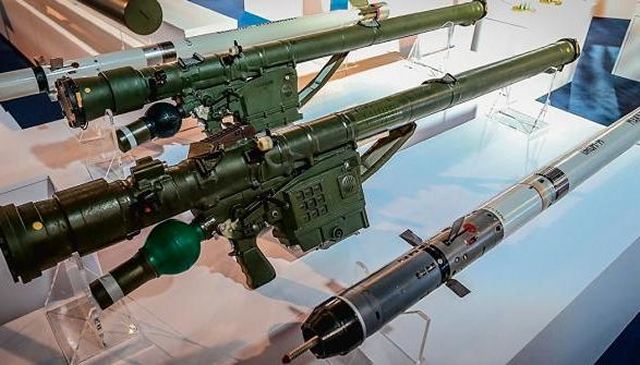In light of Russia’s invasion of Ukraine, Estonia, a small East European nation, has announced its ambitious plans to make record-breaking defense investments.
Taiwan ‘Dials Down’ China Tensions; Denies It Wants US Military Tech To Get Real-Time Intelligence On PLA
The Estonian official states that the changing security situation and the escalation of the Ukrainian conflict into a full-scale war have led the country to initiate an updated modernization plan.
Based on data presented by the defense ministry in Tallinn, the Estonian authorities aim to allocate approximately $14.5 billion over the next ten years. This budget is based on a fresh threat assessment of the broader Baltic Sea region surrounding Estonia.
As part of Estonia’s defense investment plans, the country intends to increase its defense spending to 3% of gross domestic product (GDP) from 2024 to 2027, up from approximately 2.85% in the current year.
Additionally, an extra $1.1 billion has been designated in the budget specifically for ammunition. The allocation of military costs for 2023-2026 indicates that 54% of the budget will be devoted to procurement.

In a recent press conference, Gen. Martin Herem, the commander of the Estonian Defense Forces (EDF), highlighted the significance of ammunition reserves, emphasizing the foremost requirement for the EDF is ammunition, even before air defense and tanks.
He said that ammunition remains a top priority, followed by the acquisition of various advanced weapon systems, including a tank battalion, which is a dream for any defense commander.
Estonia has advocated for higher domestic military expenditure and assistance to Ukraine. The country has also been urging NATO members to raise their defense spending closer to 2.5 percent of GDP to enhance collective support for Ukraine.
Tallinn’s support to Kyiv has surpassed 1 percent of its GDP, making it the most generous nation per capita, although its total aid is overshadowed by larger countries like the United States.
The assistance provided includes the fulfillment of the “Tallinn Pledge,” which involves supplying Ukraine with main battle tanks, heavy artillery, air defense equipment, ammunition, and infantry fighting vehicles.
Estonia, the Czech Republic, Denmark, Latvia, Lithuania, the Netherlands, Poland, Slovakia, and the United Kingdom signed the pledge in January.

Estonia’s Aggressive Weapons Procurement
Gen. Martin Herem, the commander of Estonia’s forces, enumerated a list of desired weapons that are either already included or will be incorporated into the country’s National Defence Development Plan for the period of 2022-2031.
Estonia has enlisted Israeli manufacturers for several acquisitions. One of these acquisitions includes the Harpy long-range loitering munitions by Israel Aerospace Industries (IAI), which are scheduled to be received by Estonia next year.
The induction of such weapons is deemed crucial by the country’s defense minister Hanno Pevkur, who highlights their ability to engage the enemy from a greater distance, particularly in light of Russia’s destructive use of indirect fire in Ukraine.
The Eastern European nation is also set to bolster its anti-tank capabilities by procuring Spike missiles from Rafael, an Israeli defense manufacturer.
The country plans to acquire both the short-range and long-range versions of the missile system, with the former intended for brigades and the latter for territorial defense purposes.
Eurospike GmbH, an entity jointly owned by Diehl Defence, Rheinmetall Electronics, and Rafael’s ERCAS BV, is responsible for the distribution of these missiles in Europe.
![Rafael : SPIKE™ Precision Guided Tactical Missiles [ATGM]](https://www.rafael.co.il/wp-content/uploads/2019/03/DQwvIdg.jpeg)
The ongoing conflict in Ukraine has witnessed a heightened reliance on anti-tank weapons by both sides, resulting in a substantial demand for this type of weapon system in the global market.
In terms of coastal defense, Estonia’s Navy will benefit from the deployment of “Blue Spear” land-to-sea missiles.
These missiles, developed by Proteus Advanced Systems—a collaboration between Israel Aerospace Industries (IAI) and Singapore’s ST Engineering Land Systems—will be delivered by the end of 2023 and operational in the first half of the subsequent year.
In addition to Israel, Estonia is also in the process of acquiring a weapon system from South Korea, which has emerged as a “new hub” of arms production in the global market.
Tallinn’s plan further includes equipping two brigades with 36 K-9 Thunder 155mm self-propelled howitzers, with 18 already in Estonia.
The contract for twelve additional systems, worth $38.9 million, was awarded to South Korean manufacturer Hanwha Defense in Jan 2023. The acquisition of self-propelled howitzers will bolster the country’s artillery firepower.
The vision for the army also involves obtaining light grenade launchers from Spain-based Instalaza and introducing new armored personnel carriers for the 2nd Infantry Brigade.
The procurement of 220 wheeled armored vehicles, worth around $215.4 million, has been accelerated following the Ukraine conflict, but no specific manufacturer has been announced yet.
By 2025, Estonia is set to bolster its military capabilities by deploying several HIMARS rocket launchers, which proved instrumental in striking crucial Russian positions in the ongoing Ukraine conflict.
The contract for the supply of six HIMARS systems has been awarded to Lockheed Martin, a US-based defense contractor.
Estonia Aims To Enhance Air Defense Capabilities
In the domain of air defense, Estonia is prioritizing the enhancement of surveillance and communication systems. As part of this effort, the country plans to replace its air defense radars by 2027, enabling more robust and effective airspace monitoring.
The Estonian government has signed a contract with the Polish company Mesko to further fortify its air defense capabilities. This agreement entails the acquisition of 300 missiles and 100 launch mechanisms for the portable anti-aircraft missile system known as Piorun.
The Piorun system is specifically designed to engage low-flying aircraft, including helicopters and drones. Deliveries of the Piorun system are scheduled to commence this year, with the final units expected to be received by 2025.

Tallinn is also highly optimistic about its plans to deploy the German medium-range air defense system IRIS-T by 2025. This advanced air defense system is expected to bolster the country’s capabilities in countering aerial threats and ensuring the security of its airspace.
These strategic acquisitions and modernization efforts underscore Estonia’s commitment to reinforcing its defense posture and staying prepared to address evolving security challenges.
- Contact the author at ashishmichel(at)gmail.com
- Follow EurAsian Times on Google News




